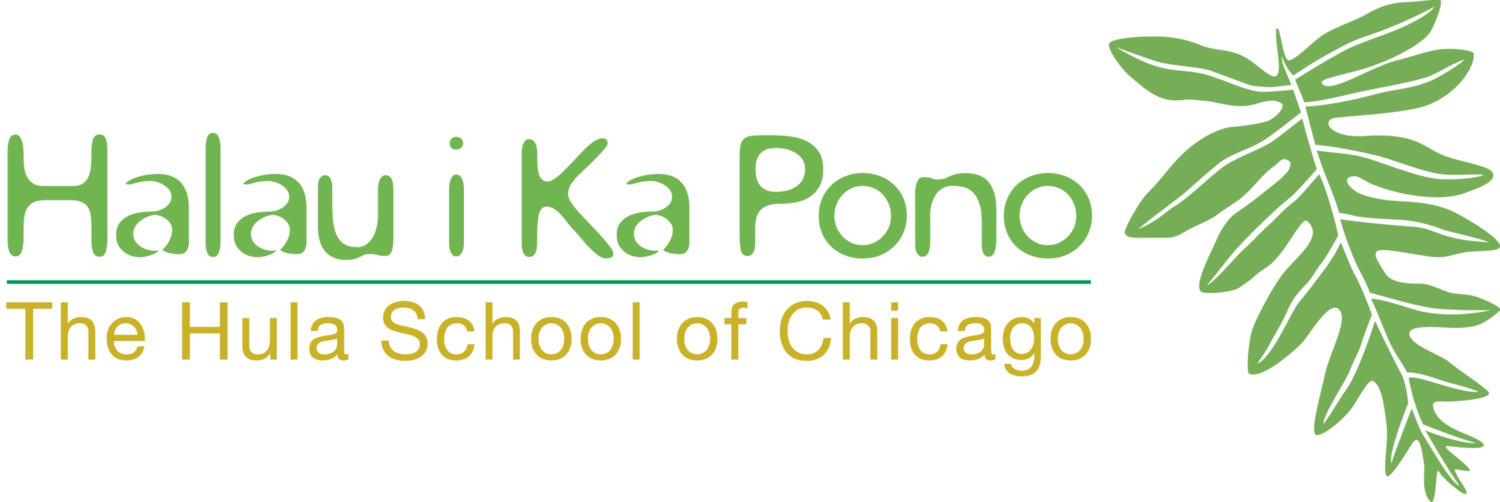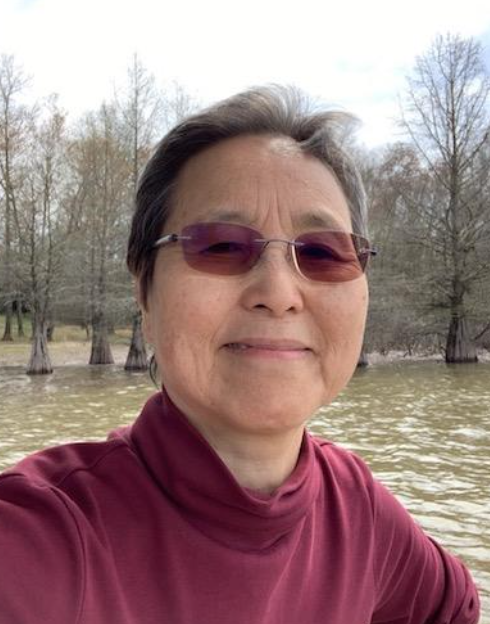“The world was tender with significance.”
Robert Althouse and Kumu June, Mitchell Lake, Ely, Minnesota
We’ve been at the NorthernAir Lodge in Ely, MN for the past 10 days. I’ve been soaking up being surrounded by forest and lake by looking and listening deeply.
Our log cabin has a tiny bedroom, two sides of which are windows. Lying on the bed I can see rain falling through the forest. When it’s clear I see the unwavering light blue sky supporting the quivering poplars and young evergreens.
Sunrise colors on the trees and birds singing greet me when I awaken. When I sit up I see the dock and the blue lake merging with a fringe of forest in the distance.
I take a deep breath every time I see the wide expanse of lake, clouds, and sky. Watched a loon fishing for dinner. Saw a couple of turtles poking their little heads through the lake surface and dip down again.
From the dock, when the heat of the sun is upon us, we turn our chairs around from lake view to look at the trees on the shore. My husband plays a phone app of birds and their songs, and much to our delight, luring song sparrows, cedar waxwings, even a pileated woodpecker - all curious to check out who’s making the calls.
Mostly we’ve been resting, reading, watching movies, some hiking. And I’ve been sewing while listening to Louise Erdrich read her book, The Night Watchman, which just won the Pulitzer Prize! Louise is a member of the Turtle Mountain Band of the Chippewa Indians.
I had my first kayak lesson last week. The lake was choppy with 12 mph winds. Kayaking was a little scary not really knowing how to maneuver. But I managed with my expert teacher’s guidance.
The lake has been calmer since then with mirror-like glassiness, gentle ripples, and a couple of huge downpours. There are dragonflies galore on the lake and I love them because in addition to being stunning, they eat mosquitos and flies.
A few days ago, while kayaking I saw a brown furry head the size of a small grapefruit swimming. It was a beaver! He slapped his broad tail a few times on the lake surface - the loud sound surprised and scared me. This was his territory and I should not get too close. I got the message!
This morning I ambled down the little one lane dirt road to the office to return some cleaning supplies. Sunshine was gentle after a rainy Monday. Robins were cheerily singing in the trees on either side of the road. I walked slowly just enjoying their serenade along with the softness of the humid air.
All of a sudden, sadness grabbed ahold of me. I realized that I had fallen in love with this place and was thinking about how downhearted I would be to leave it. This place reminds me of Hawaii in the way that I feel nurtured by the trees, the lake, the birds, the air…
“Why are you sad now?” my husband gently asked when I told him. “We have another few days left.”
“Right,” I thought as tears came to my eyes. In addition to love, I noticed a deep tenderness arising for this place. Trungpa Rinpoche speaks of the tender and sad heart of a warrior - a compassionate warrior who feels her heart and is able to face it. Taking time to pause and appreciate each precious moment especially if it's sad and tender.
Malama pono (take good care of body and mind),
June Kaililani Ryushin Tanoue
Kumu Hula, Sensei
P.S. Enjoy 21 students of Halau i Ka Pono dancing Kaiona https://youtu.be/oPMBdStqPK8 , lyrics by Puakea Nogelmeier and sung by Keali’i Reichel. Kaiona is the Hawaiian Goddess of the Lost who helps people find their path. Mahalo to videographer Oscar Caudell.










































